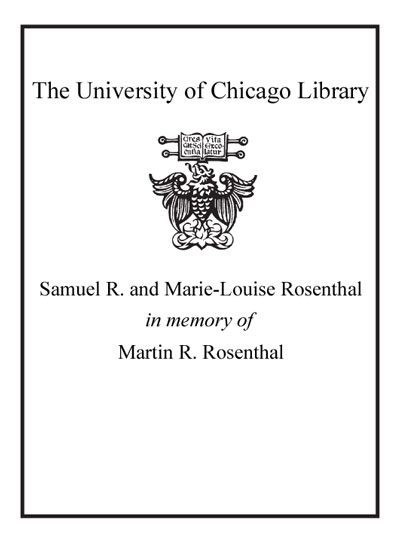Nuclear fusion : half a century of magnetic confinement fusion research /
Saved in:
| Author / Creator: | Braams, C. M. (Cornelis Marius), 1925- |
|---|---|
| Imprint: | Bristol : IOP, c2002. |
| Description: | xv, 327 p. : ill. ; 24 cm. |
| Language: | English |
| Subject: | |
| Format: | E-Resource Print Book |
| URL for this record: | http://pi.lib.uchicago.edu/1001/cat/bib/4755278 |
Table of Contents:
- Preface
- Prologue
- 1. The road to Geneva
- 1.1. The scientific roots
- 1.1.1. Fusion energy in stars
- 1.1.2. Fusion reactions on Earth
- 1.1.3. The origins of plasma physics
- 1.2. In and out of secrecy
- 1.2.1. Programmes taking shape
- 1.2.2. Looking behind the curtain
- 1.2.3. The road to travel
- 2. Geneva 1958
- 2.1. Fast linear pinches or Z-pinches
- 2.2. Steady-state mirror confinement
- 2.3. Pulsed mirrors and theta pinches
- 2.4. Stellarators
- 2.5. Toroidal pinches
- 2.6. RF fields and other subjects
- 2.7. Looking back at Geneva
- 3. Open systems
- 3.1. Simple mirror machines
- 3.1.1. Mirror loss
- 3.1.2. The quest for burnout
- 3.1.3. MHD stability
- 3.1.4. Velocity-space instabilities in mirror machines
- 3.2. Tandem mirrors
- 3.3. Z-pinch and plasma focus
- 3.4. Theta pinches
- 3.5. Unconventional schemes
- 3.6. The status of open systems
- 4. Pulsed toroidal systems and alternative lines
- 4.1. High-beta stellarators
- 4.2. Stabilized and reversed-field pinches
- 4.3. Screw pinches
- 4.4. Field-reversed configurations and spheromaks
- 4.5. Internal-ring devices
- 4.6. Unconventional toroidal schemes
- 4.7. Status of alternative toroidal systems
- 5. Stellarators versus tokamaks
- 5.1. Stellarators: Bohm diffusion or not?
- 5.2. Tokamaks: from Geneva to Novosibirsk
- 5.3. Diagnosing the plasma
- 5.4. Stellarators trailing tokamaks
- 6. The dash to tokamaks
- 6.1. The tokamak goes abroad
- 6.2. Neutral beam heating
- 6.3. Disruptions and density limits
- 6.4. Sawteeth
- 6.5. Passing through purgatory
- 6.6. Hydrogen recycling and refuelling
- 6.7. Divertors
- 6.8. Neoclassical theory
- 6.9. Empirical scalings
- 7. The next generation
- 7.1. New machines
- 7.2. Radio-frequency heating
- 7.3. Non-inductive current drive
- 7.4. The switch to carbon
- 7.5. Beta limits
- 7.6. Confinement degradation
- 7.7. The H-mode
- 7.8. Attempts to understand confinement
- 7.9. Transport codes
- 8. The era of the big tokamaks
- 8.1. Building the big tokamaks
- 8.1.1. JET--the Joint European Torus
- 8.1.2. TFTR--the Tokamak Fusion Test Reactor
- 8.1.3. JT-60
- 8.2. Operation and results
- 8.2.1. Heating the big tokamaks
- 8.2.2. Keeping clean
- 8.2.3. Pushing to higher performance
- 8.2.4. Real fusion power at last
- 8.2.5. The end of the era
- 8.3. Improving the tokamak
- 8.3.1. Reactor-relevant divertor physics
- 8.3.2. Advanced tokamak scenarios
- 8.3.3. Spherical tokamaks
- 8.4. Towards ignition
- 9. Towards a fusion reactor
- 9.1. First thoughts
- 9.2. Second thoughts
- 9.3. Pioneering studies
- 9.4. Drawing fire
- 9.5. Economic and social aspects of fusion
- 9.6. Joining forces for the 'next step'
- 9.7. ITER
- 9.7.1. The ITER EDA design
- 9.7.2. The physics basis
- 9.7.3. Decision and indecision
- 9.7.4. Back to the drawing board
- 10. Epilogue
- References
- Symbols
- Glossary
- Index


